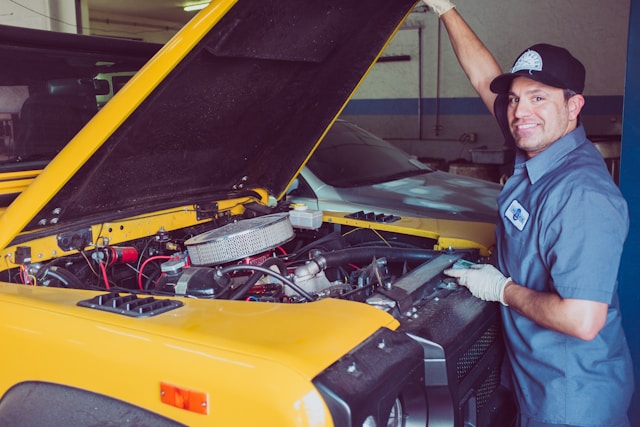The Ultimate Guide to Tankless Water Heaters
For many households, tankless water heaters are a fantastic alternative. But going tankless is a decision you should take seriously, as it often requires upgrades to your home’s electrical system and gas line.
Professional installation is recommended since most models require leak-free water and ventilation connections, plus upgrading the circuit breaker. The heat exchanger also needs regular vinegar flushes to keep hard water deposits from clogging.
How They Work
Unlike tank water heaters, which hold between 40 and 55 gallons, tankless water heaters heat only on demand, offering an endless hot water supply. Upon opening your hot water tap, a flow sensor activates the unit, and an electric heating element or gas burner quickly brings it up to temperature.
These units also offer digital connectivity, which allows you to monitor energy usage from your smartphone or tablet. Some even come with a built-in recirculation pump that saves water by pushing cold water back through the heater and into your pipes for instant hot water.
When choosing tankless water heaters Pleasanton CA, look for one backed by an extended warranty and with a high energy factor. A good starting point is a model that offers at least 80 EF, which indicates the efficiency with which it uses energy to generate hot water. It’s also worth looking for a manufacturer that produces electric and gas models.
Energy Efficiency
One of these appliances’ most significant selling points is that they’re far more energy efficient than their tank-style counterparts. Unlike standard water heaters, which sit idle and lose heat over time, tankless devices only turn on when a hot water faucet is turned on or an item, such as a washing machine, requires heated water.
This flow-controlled system also prevents energy waste by heating water only as it passes through the heat exchanger rather than having it constantly reheated from a storage tank. Homes that consume 41 gallons or less of hot water daily use 24%-34% less energy than ordinary tank-type water heaters.
Installing these units and making the necessary plumbing changes, such as installing or rerouting pipes for exhaust venting or replacing the electrical wiring and circuit-breaker panel, will require the services of a skilled plumber, especially in older homes. However, homeowners can expect to save on energy costs over the unit’s lifetime, which typically pays for itself in less than 20 years.
Installation
Getting a tankless water heater installed is a job for a professional, whether the model is gas or electric.
When you turn on a hot water tap, a flow sensor detects the water and alerts the unit. The computer board then turns on a fan to pull in air, opens a gas valve to let in natural or propane gas, and ignites the burner.
The heat exchanger warms the water and passes it to your plumbing. A mixing valve tempers the superheated water before it exits the exchanger. The computer monitors water usage, and a digital panel displays maximum temperature, error codes, and other data. When you close the hot water tap, the system senses that no more water is needed and shuts off the burner. You can save electricity by just boiling water when it is needed. If you need to heat water for multiple fixtures simultaneously, look for a model with a built-in recirculation pump that can be turned on with a remote control, timer, motion sensor, or even a smartphone app.
Maintenance
Unlike tank-type water heaters, which are susceptible to rust and corrosion, tankless units are protected by a durable metal casing. Still, they need to be flushed occasionally to remove hard-water deposits. Your plumber can suggest how often this is necessary in your area based on your water quality.
Gas tankless heaters require a safe ventilation system, while electric models do not. This may make retrofitting into older homes easier and more affordable if the home was initially built with a gas model in mind.
For the same reason, you may have to wait for hot water to reach your fixtures, as it is heated only as it travels through the pipes. However, some models come equipped with a hot-water recirculation pump that can be turned on by a remote control, motion sensor, or smartphone (pictured). This recirculates the water to shorten the distance between the heater and your faucet, cutting waiting time by half.









